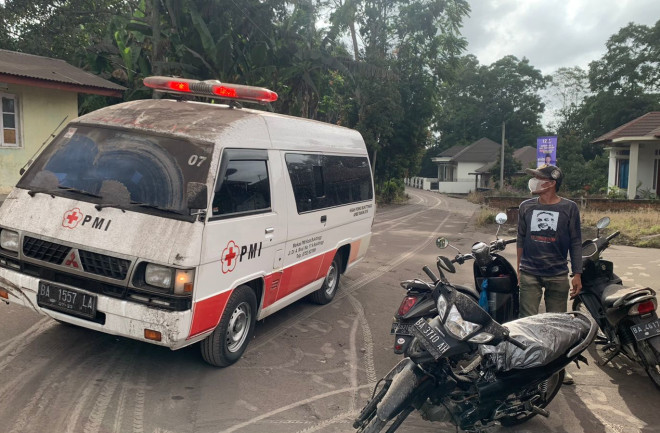Almost four years to the day after an unexpected explosion at New Zealand's White Island killed 22 people, tragedy has struck another volcano that is frequented by climbers and tourists. Marapi (not to be confused with Merapi) in Indonesia experienced a small and unexpected explosion on Sunday. The aftermath of the blast appears to be at least 11 hikers dead and a dozen more missing. Sadly, we again have to discuss the dangers of tourism on a potentially active volcano.
Much like Whakaari (White Island) in New Zealand, Marapi is far from a dormant volcano. Over the past decade, it has been in eruption (according to the Global Volcanism Program) 5 times, most recently only 9 months ago. The volcano is known for its explosive eruptions like many Indonesian volcanoes.
A Restless Volcano
However, Marapi is also close to lots of people. The volcano sits within 100 kilometers of over 4 million people, with over 800,000 living within 30 kilometers. This means that it can be visited easily, especially by hikers and climbers excited by the possibility to visiting such a volatile location.
It is unclear exactly what happened on the volcano before the blast, but all indications were that the volcano was relatively "quiet." Marapi was on a Level II (of 4) alert set by the Indonesian agency in charge of volcano monitoring (PVMBG), but as with many Indonesia volcanoes, an unexpected explosion was not out of the question. Back in January 2023, the volcano had a series of blasts as it came back to life after almost 5 years of relative quiet.
It appears that there were many groups on the volcano when the eruption occurred. Possibly as many as 75 climbers and hikers were on the volcano when the blast occurred, sending ash and debris kilometers into the air and down the slopes of the volcano. Descriptions of the victims suggest that it was the hot gases, ash and bombs (fragments of rock) that caused most of the injuries. Luckily, 49 people have been rescued alive, but rescues and recoveries have been hampered by continued explosions.
Volcanic ash is especially hazardous as it can form a cement in a victim's lungs if breathed. Remember that volcanic ash is pulverized pieces of volcanic glass and(or) rock, so getting that in your lungs is never good. It can irritate the eyes and throat easily as well, making escaping that much more difficult. Photos from the eruption (top) show the layer of grey ash that coated the landscape.
The Problem with Volcano Tourism
Once again, the question is why are people allowed to be on such a volatile volcano? Although Marapi had not erupted since March 2023, its track record would suggest that more explosions could be likely. From 2011 to 2018, it had frequent paroxysms where there was little-to-no warning that the first explosions were about to occur. To have hikers (and apparently a group of school children) on the volcano seems almost impossible to imagine.
Although it is not known whether yesterday's eruption was a steam-driven (phreatic) blast that can occur without much warning or whether there were subtle signs (inflation, earthquakes, gas emissions) that something could happen. In either case, with a volcano as restless as potentially explosive as Marapi, allowing people to the summit or on its slopes should not be allowed.
Volcanoes need your respect. When you visit them, whether they erupted yesterday or 10,000 years ago, hazards remain. Unexpected explosions are currently one of the most deadly events on volcanoes. The blast at Whakaari in 2019, the explosion on Japan's Intake in 2014, a phreatic eruption on the Philippine's Mayon in 2013 -- all of these events killed people who should likely not have been so close to a potentially explosive and active volcano. If you visit a volcano, keep these in mind as you decide how much risk you're willing to bear.

